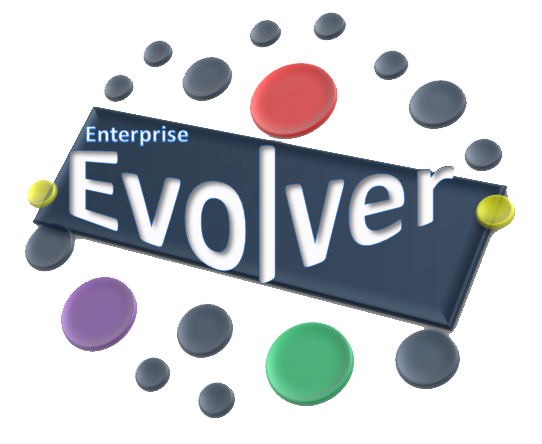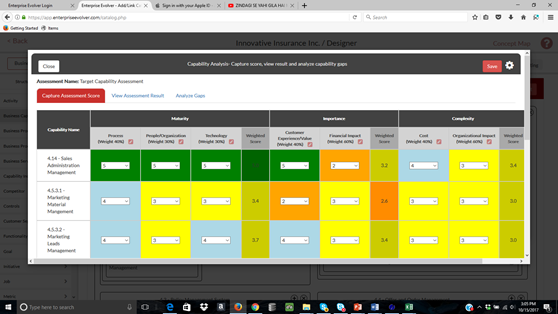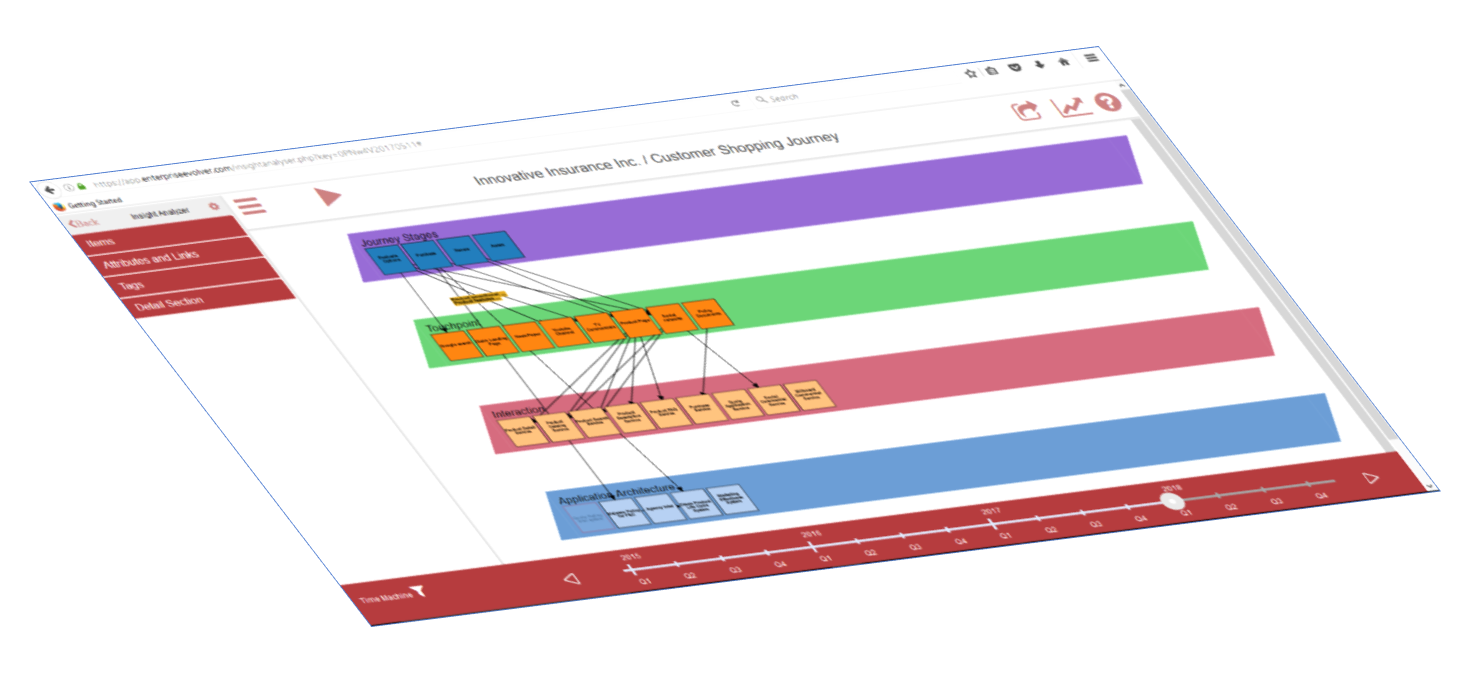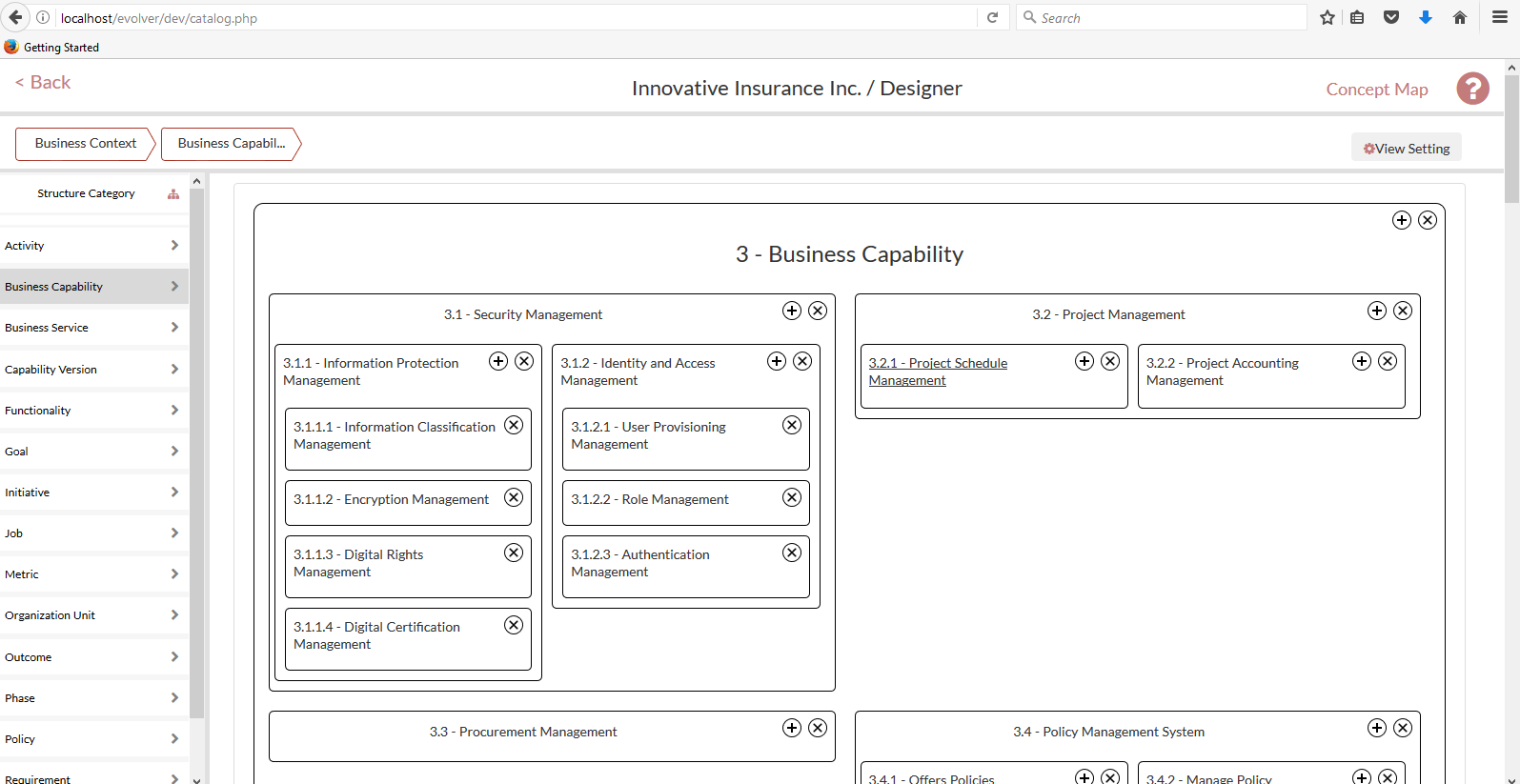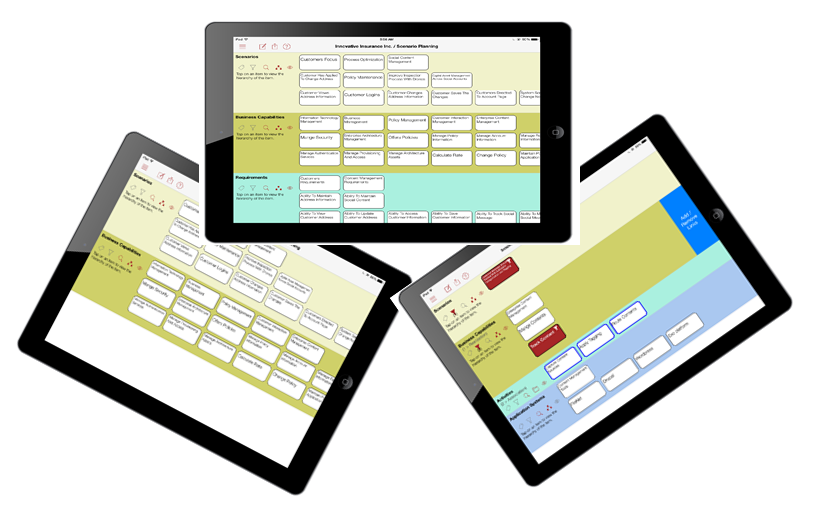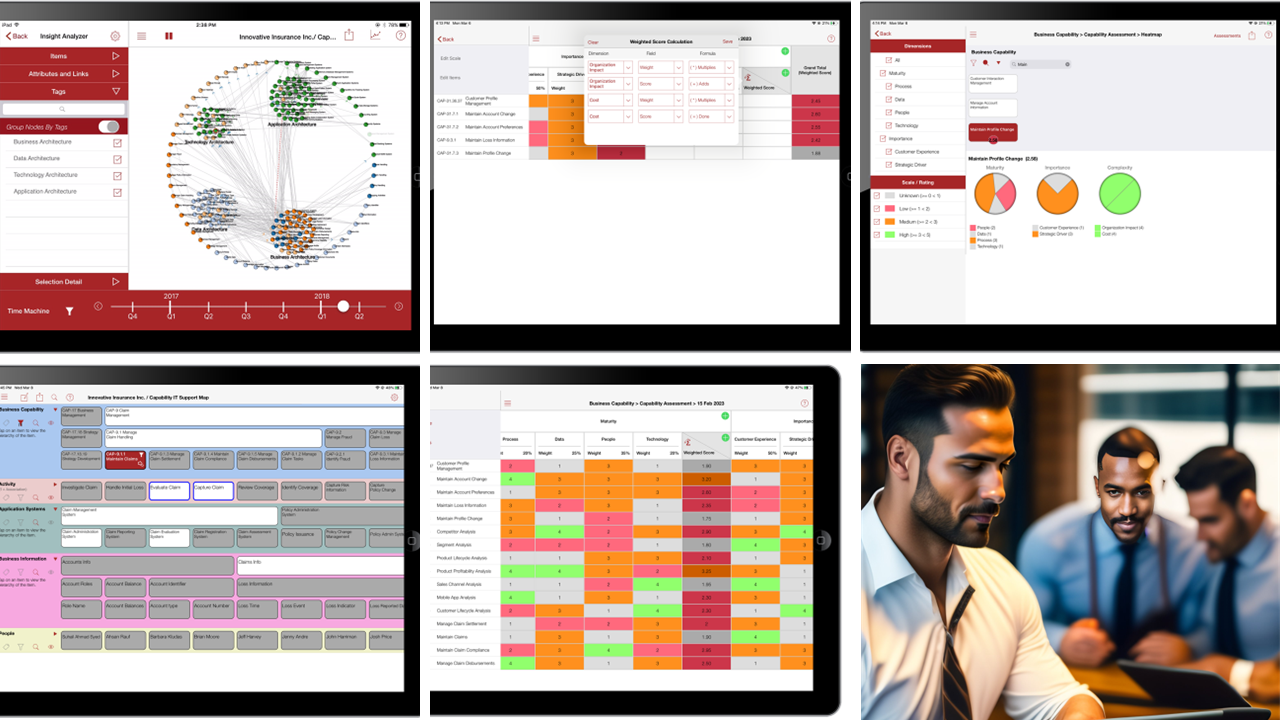Capability Overview Report
Often business and enterprise architects struggle to create a capability overview report to show how enterprise budget is allocated to the capabilities of organization and how mature are they and how are they supported by various technologies , people and process. In Enterprise Evolver, the Capability Portfolio View does this job nicely. Users can either […]
Continue Reading »